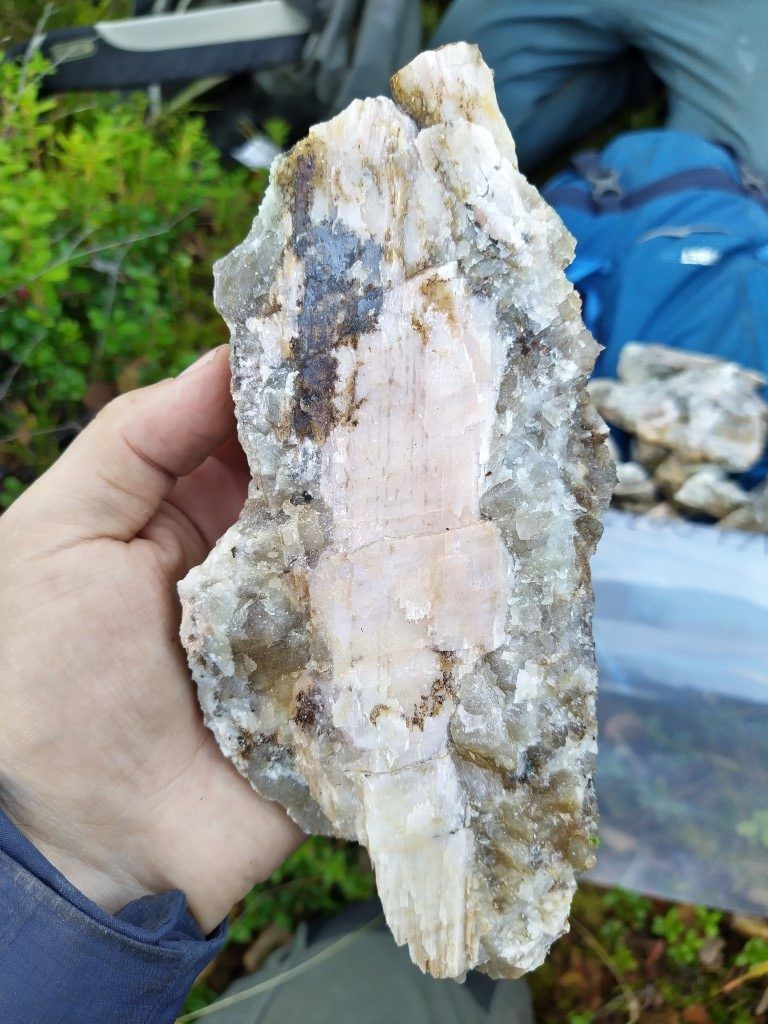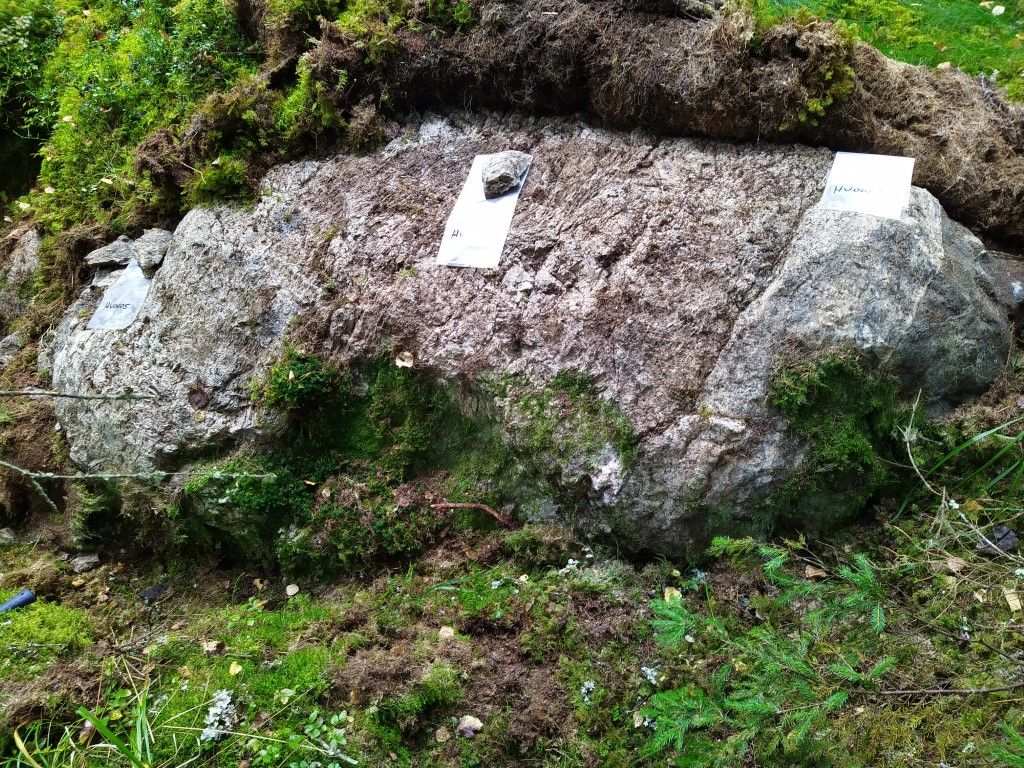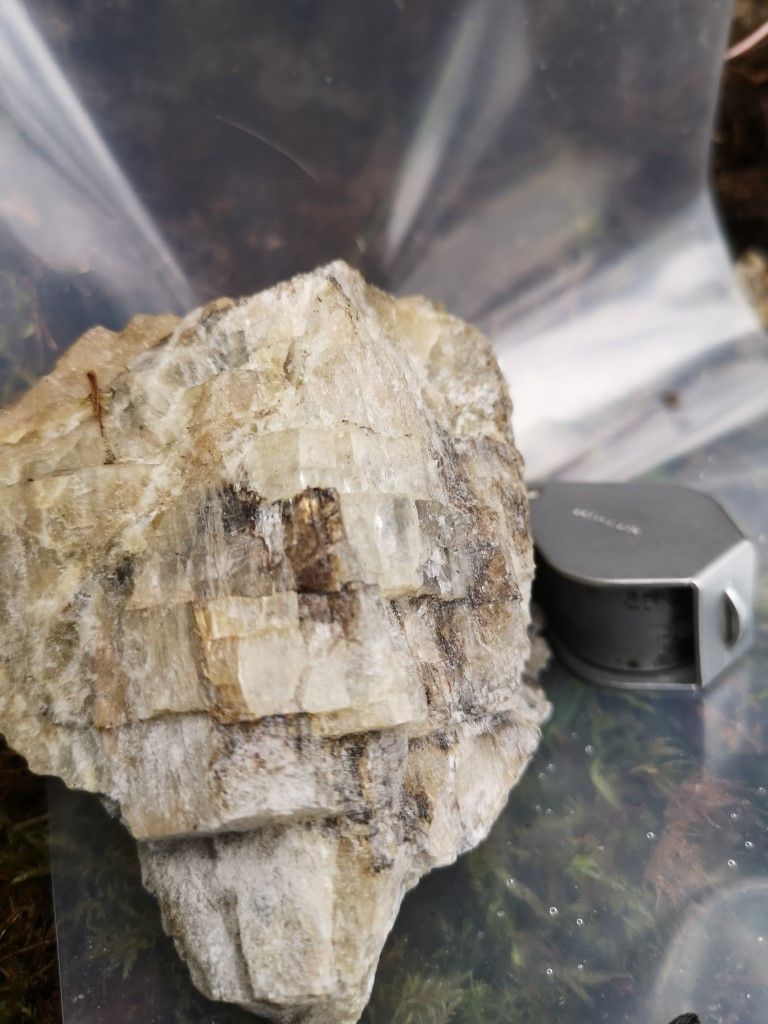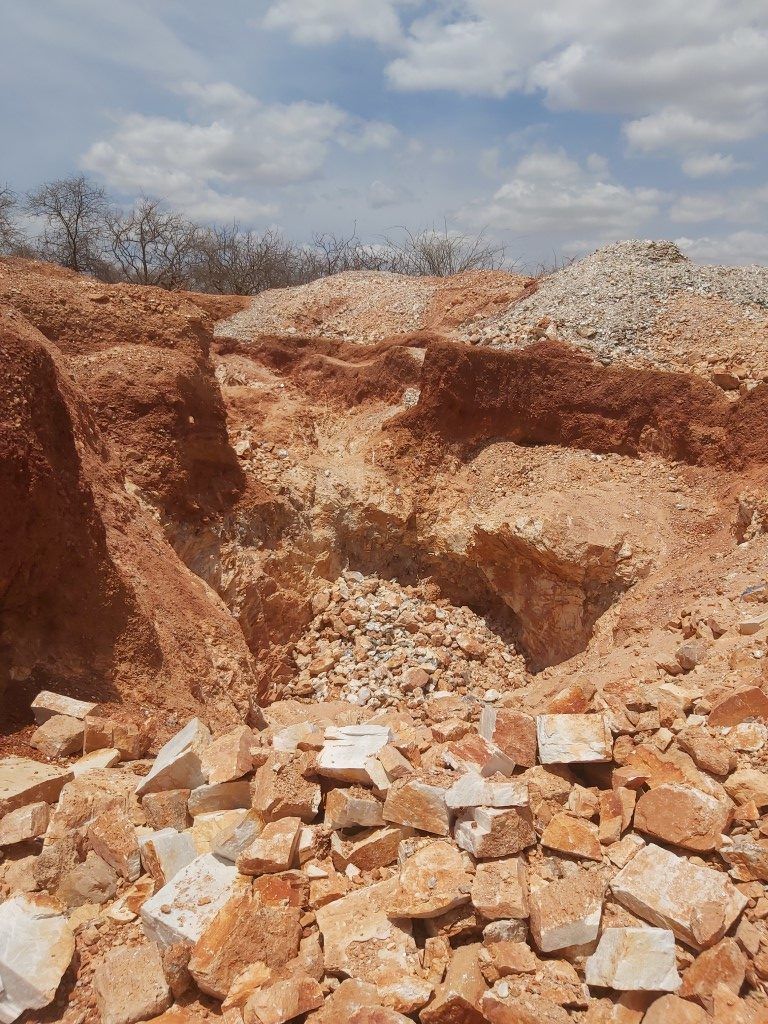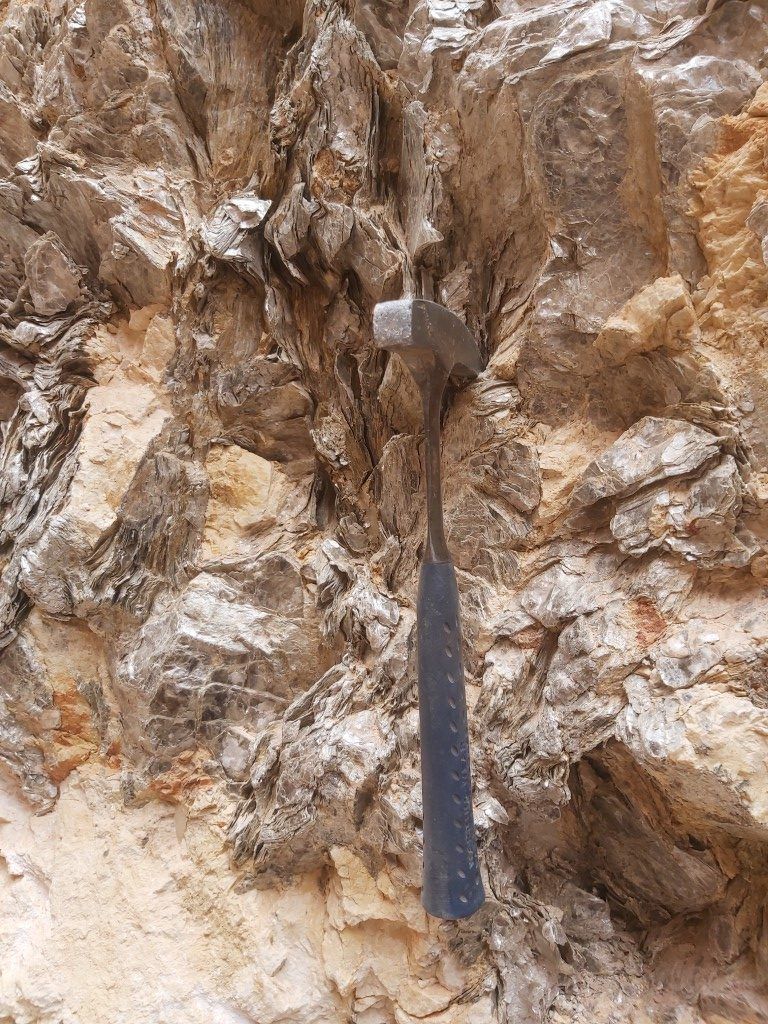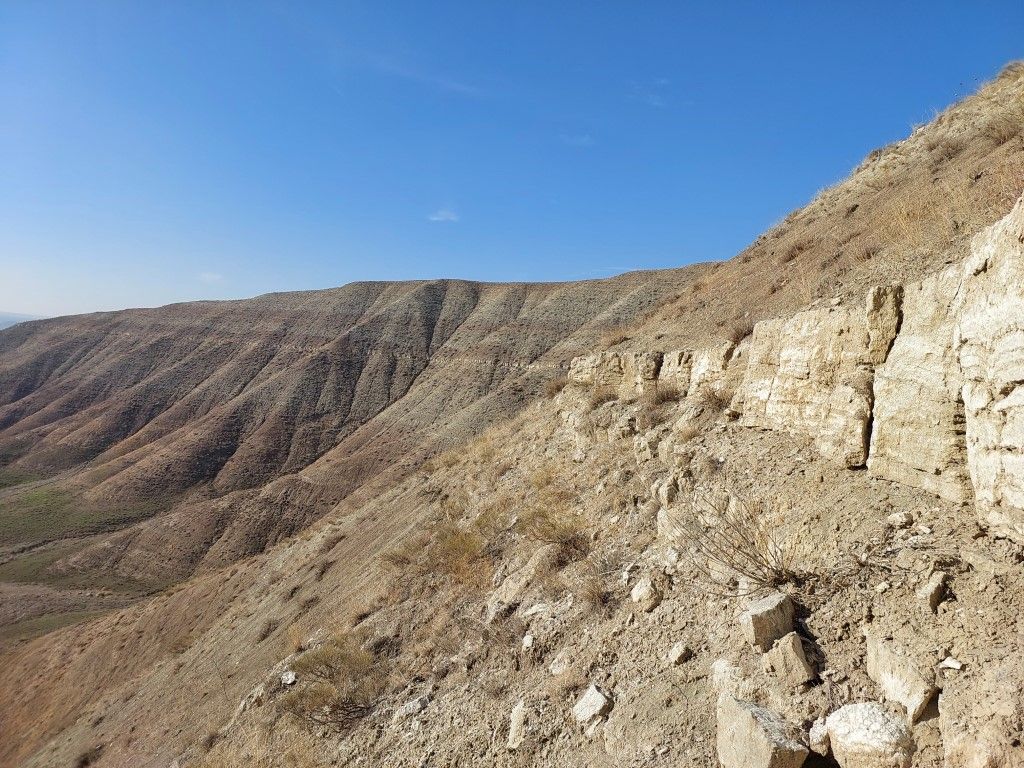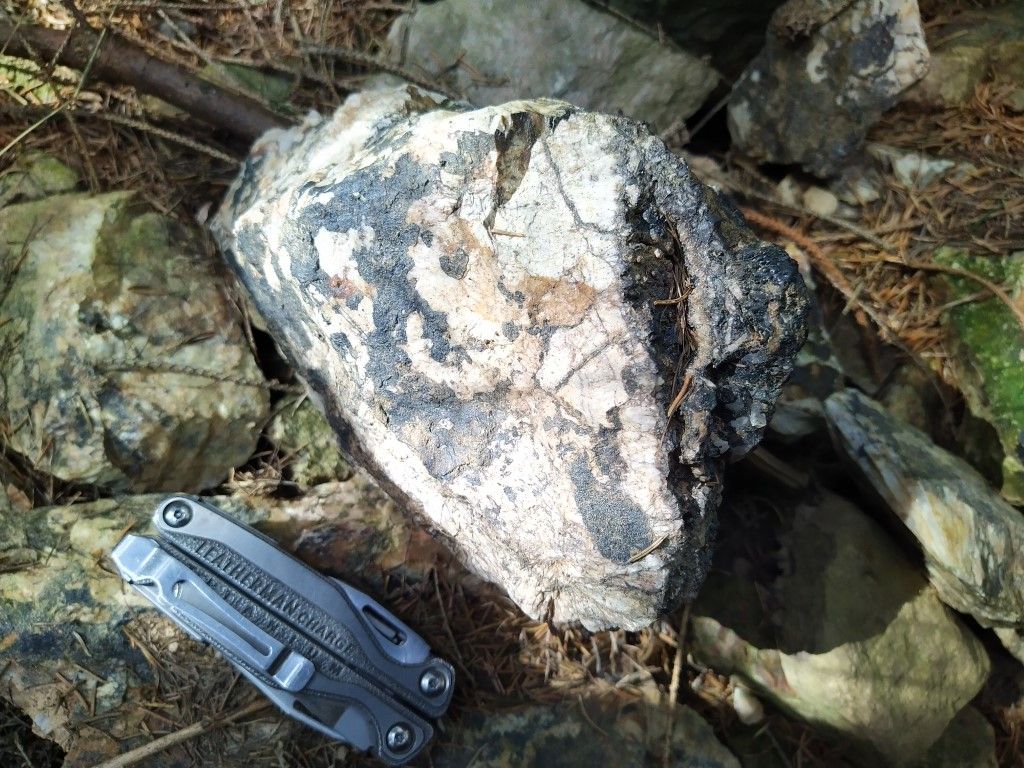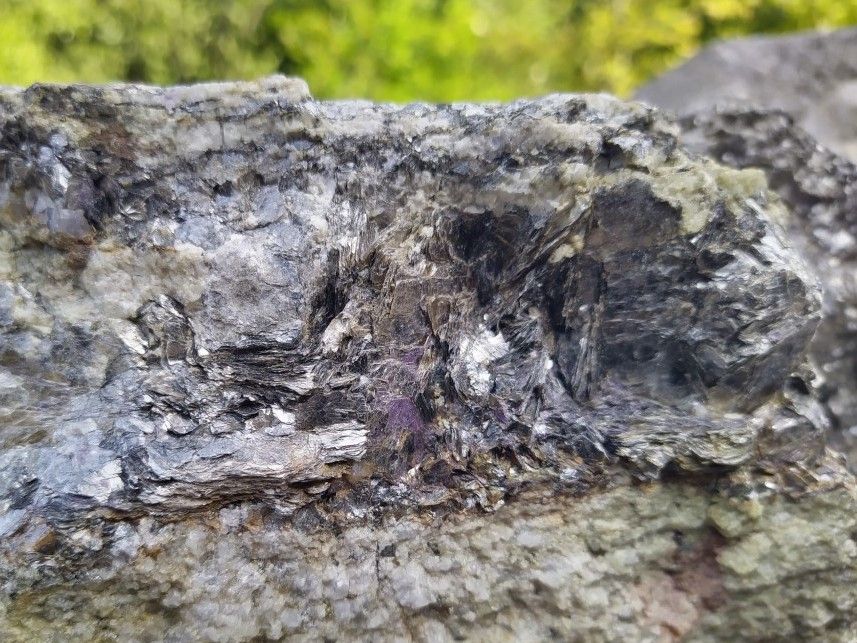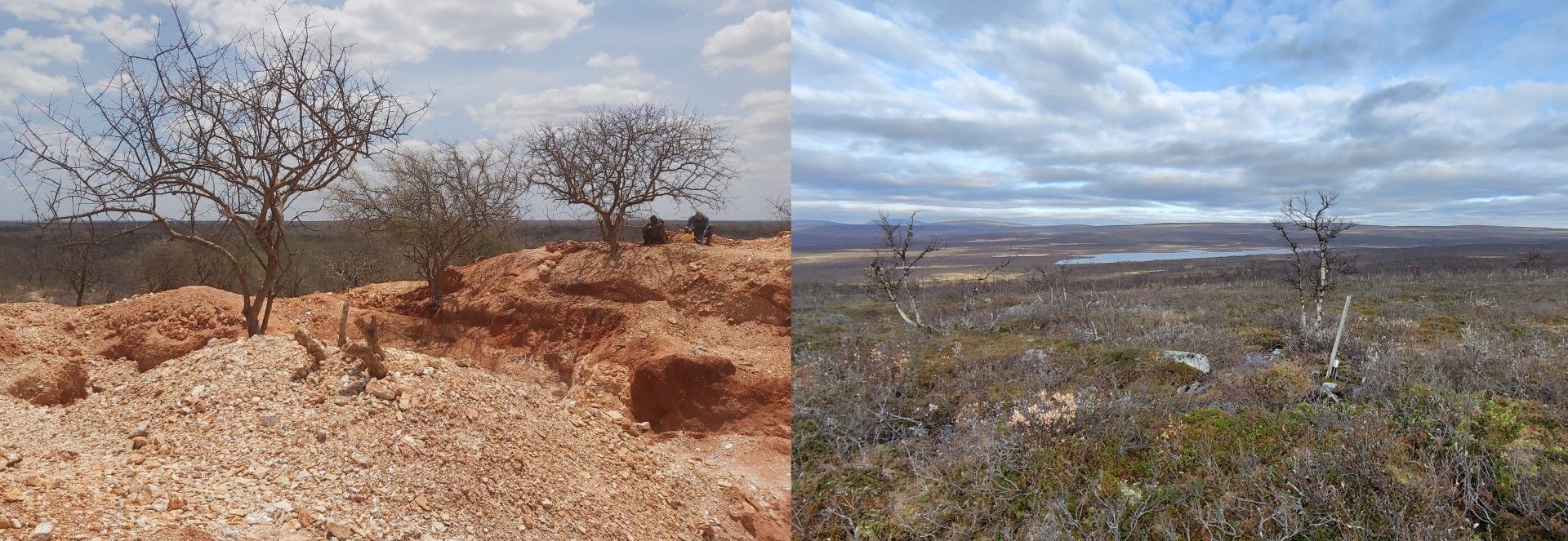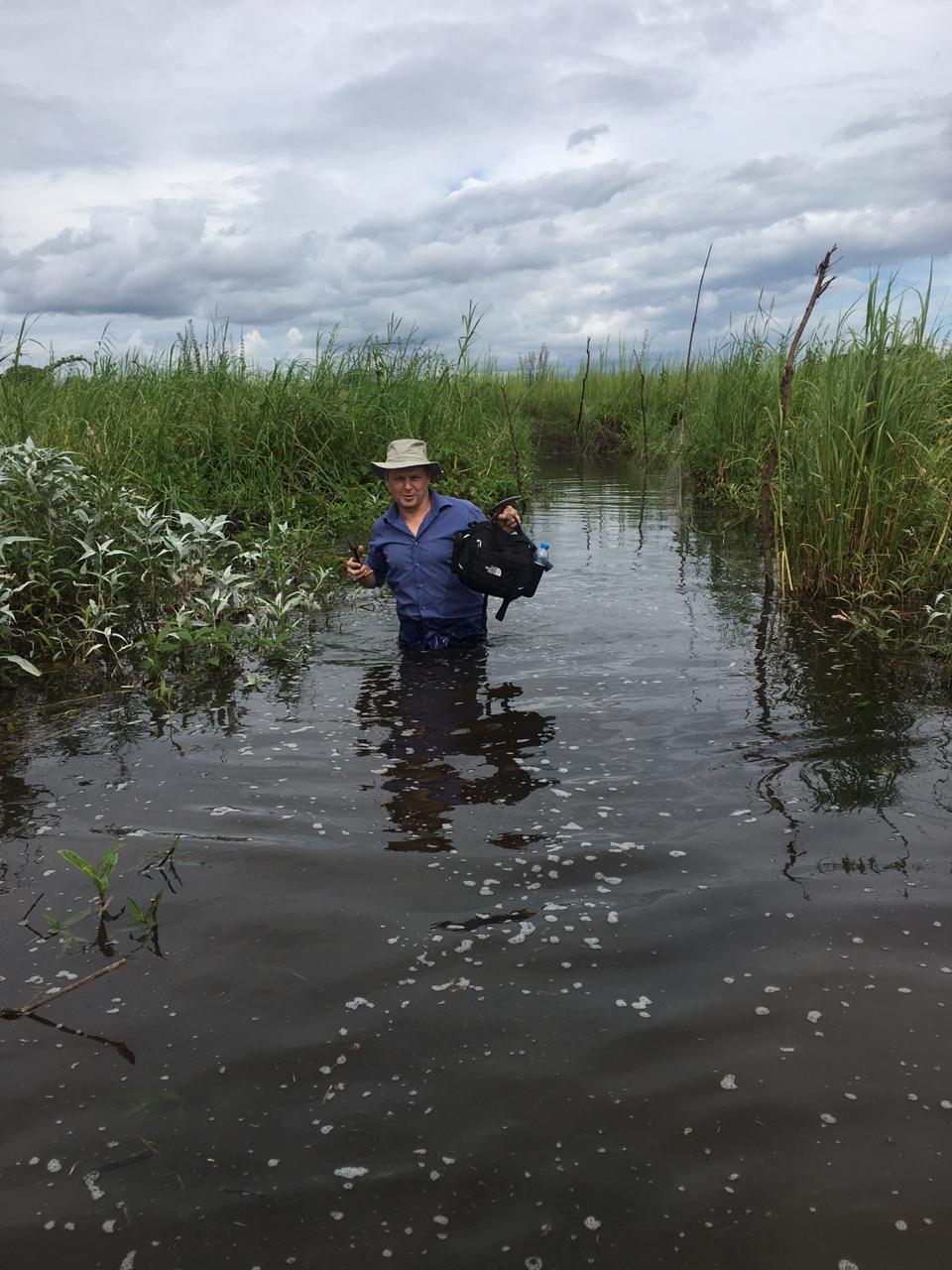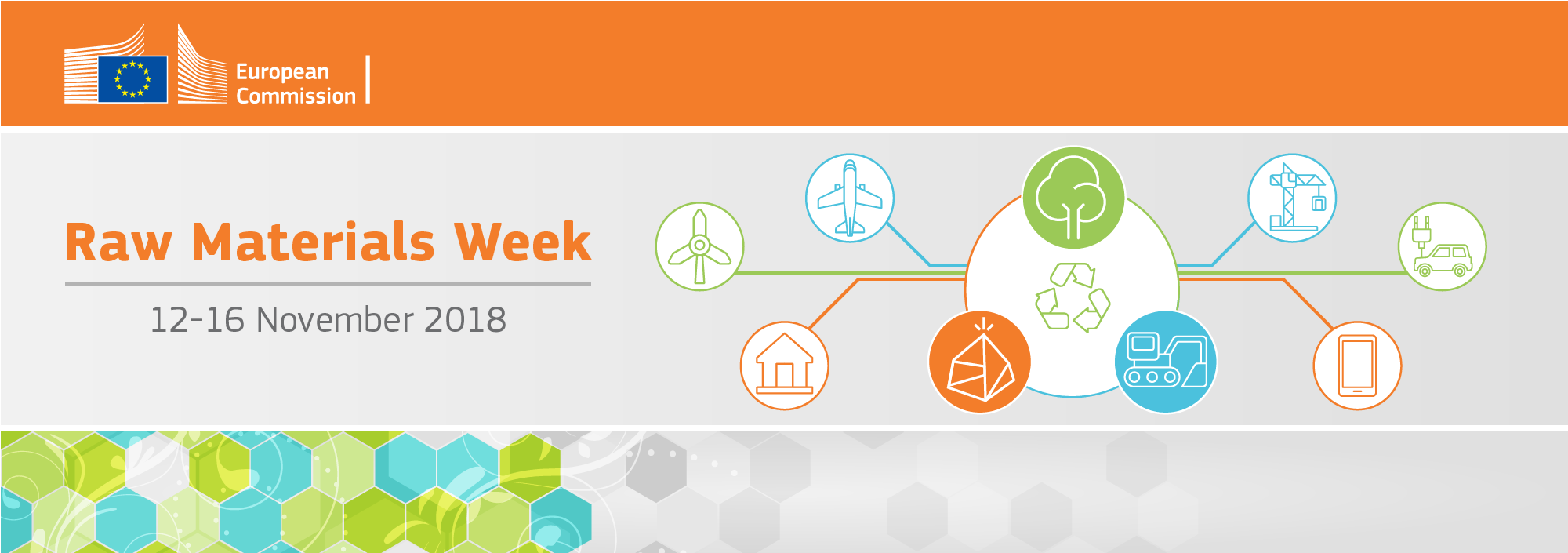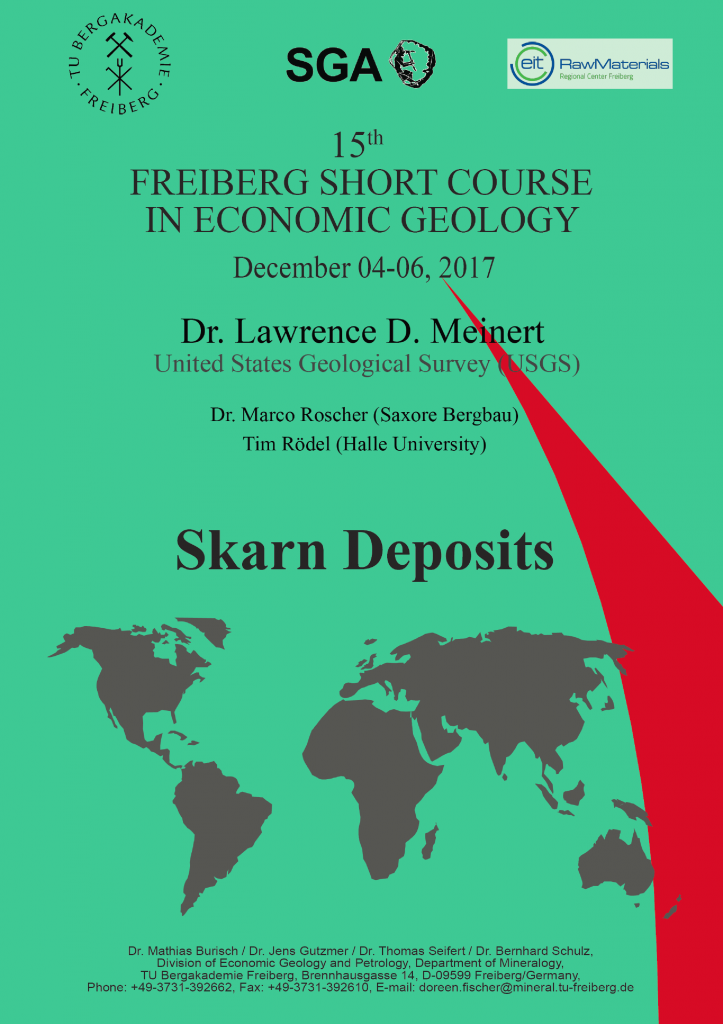Over the last few years our services regarding lithium exploration saw a lot of interest. We’re happy to share some of the photos of our fieldwork below.
Lithium is found in different types of deposits: hard rock deposits, sedimentary deposits and brines. Each comes with a different mineralogy and requires a different exploration and extraction approach.
Brines
Brine deposits are likely the best known deposit and account for more than half of the world’s lithium resources, but processing comes with a number of problems such as environmental impact and very long processing times. An example of a brine deposit is the Atacama Salar, operated by Sociedad Quimica y Minera and Albemarle.
Although brines are now the dominant source of lithium, hard rock and sedimentary lithium deposits will most likely remain an important source for various reasons, but most importantly because of the generally expected supply crunch for lithium.
Sedimentary deposits
Sedimentary rock deposits account for about 5-10% of known global lithium resources, and are found in evaporites and clays.
In clay deposits, lithium is mostly found in the mineral hectorite (Na0.3(Mg,Li)3(Si4O10)(F,OH)2) a variety of the more common smectite. These clays are typically formed by the weathering of lithiferous tuffs or other igneous rocks. An example of this type of deposit is the Hector in California, after which the mineral is called. Currently, no lithium clay deposits are in operation, mainly because of the challenging metallurgical process, however, many companies are working on various pathways.
Evaporites, more specifically lacustrine evaporites, can become an important source lithium. In many aspects, they can be compared to brine deposits, as evaporites are mostly just solidified brines. Evaporites can have a more complex mineralogy and most deposits show a layering or stratification. They can include clayey zones, but also higher grade zones which can then be targeted. Lithium is found in a number of minerals including jadarite (LiNaSiB3O7(OH)), named after the huge Jadar deposit in Serbia, discoverd by Rio Tinto.
Hard rock deposits
Lithium is found in a number of rocks such as pegmatites and greisens. The hard-rock ore containing lithium is extracted from open-pit or underground mines. The ore then requires crushing, milling and pre-concentrating. To get the lithium concentrate from the the hard-rock ore is expensive. However, hard rock deposits have by far the highest lithium grades, more straight forward metallurgy, and much shorter processing times currently seen at most brine deposits.
The most common type of hard rock deposits are pegmatites, more specifically the LCT (Lithium-Cesium-Tantalum) variant. Pegmatites are very coarse-grained intrusive igneous rocks. They often also have other interesting elements such as tin, tantalum and niobium (“coltan”). Lithium is most often found in the mineral spodumene (LiAlSi2O6) and lepidolite (K(Li,Al)3(Al,Si,Rb)4O10(F,OH)2) but also may be present in other minerals such as petalite (LiAl(Si4O10)) and amblygonite (LiAl(PO4)F).
Lithium-rich pegmatites can be found in Australia, Finland, Canada, Ireland, USA, DRC, and many others. The top-producing spodumene pegmatite project is the Greenbushes mine in Australia, owned by Talison Lithium. In Europe, Sibanye-Stillwater’s Keliber is developing its Kaustinen Lithium Project in Finland.
Although many authors equate hard rock and pegmatite deposits, there are a number of other hard rock deposit (sub)types. Greisen deposits are formed by the endogenous alteration of granites or pegmatites when they cool off. Where pegmatites are typically very coarse, greisen deposits have usually fairly fine crystals. Lithium is found in a mica mineral called zinnwaldite (KLiFeAl(AlSi3)O10(OH,F)2). Famous zinnwaldite deposits include Europe’s largest hard rock lithium project Cinovec (European Metals) and the nearby Zinnwald (Zinnwald Lithium) in the German-Czech Ore Mountains. Greisens are frequently mineralised because the last fluids of granite crystallisation tend to concentrate incompatible metals such as lithium, tin, tungsten, tantalum, and occasionally also gold, silver, and copper.
There are yet other unconventional types of lithium mineralisation, such as hydrothermal veins with minerals like lithiophorite ((Al,Li)MnO2(OH)2). This manganese oxide is often also enriched in cobalt and rare earths, and can also found in the Ore Mountains (amongst other places).
Each project is different and requires a tailor-made approach. If you’re interested in our services or expertise for your lithium project, feel free to contact us.
